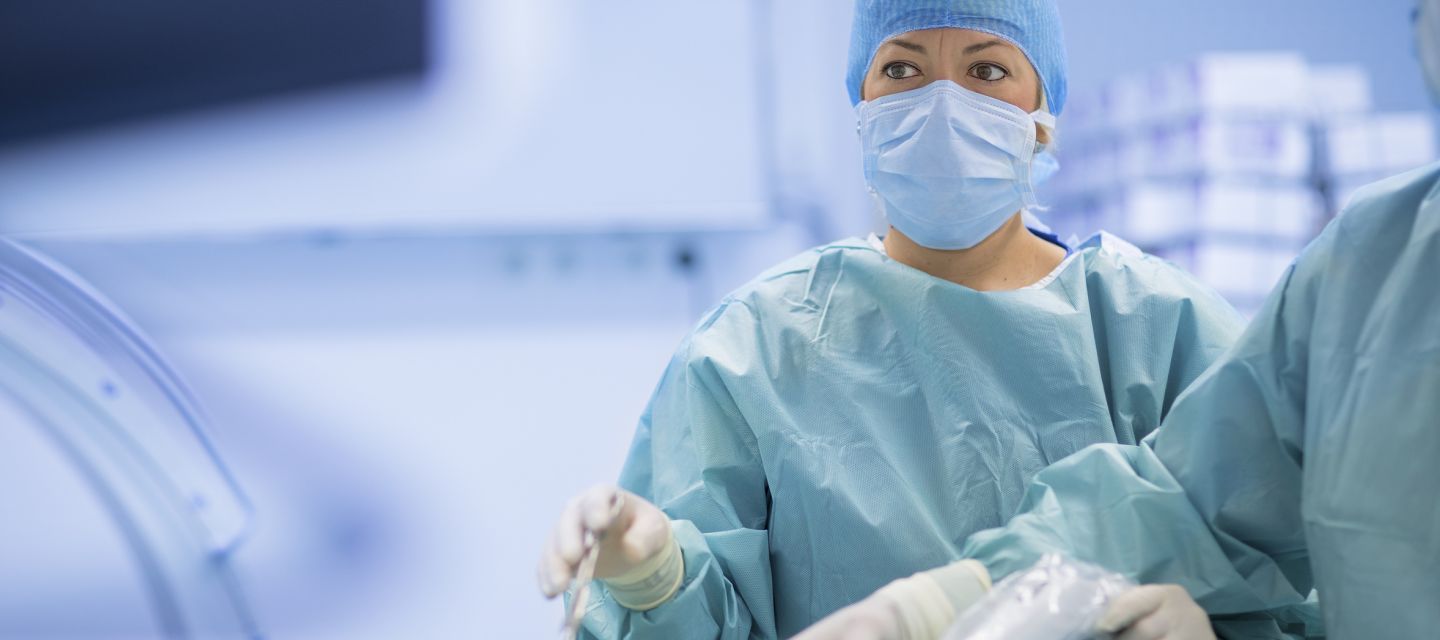A UBC Innovation Snapshot: Be inspired by and connect with innovators at UBC
Who are you?
Rohit Singla: I am a graduate student in the Biomedical Engineering Program working with Prof. Robert Rohling, Dr. Christopher Nguan of UBC Urology and Dr. Philip Pratt of Imperial College London. With professors Rohling and Nguan, and my research colleagues, I have developed new augmented reality guidance systems for minimally invasive surgery, focusing on kidney cancer surgery. This augmented reality combines ultrasound imaging, computer vision, and surgical robotics to aid the surgeon during the operation. Ultrasound is used as it is low cost, real-time, and the patient is not exposed to unnecessary radiation. This work aims to facilitate the widespread adoption of minimally invasive surgery and improve patient care and surgical outcomes.
What problem are you solving?
Today, minimally invasive surgeries must be done under challenging conditions — poor depth perception, little to no force feedback, and a limited field of view. Excising cancerous tumours like this is difficult for the surgeon, especially when they try to take out as little extra healthy tissue as possible. For the kidney, surgeons want to decrease the healthy tissue taken out as to retain as much kidney function as possible. More kidney tissue + no cancer tumour = better quality of life. It’s practically as difficult as driving a big truck in a foreign land with paper maps, then parking in the smallest spot available. Our goal is to tackle this challenge by developing novel augmented reality technology, centered on using ultrasound imaging, for real-time, intuitive and useful guidance.
How does your idea contribute to society?
Our work contributes to society in a few ways. First, our guidance system has the potential to reduce healthy kidney tissue excised. In mock surgeries, we’ve seen a clear benefit from our system. Reducing the tissue excised means the organ’s functionality after the surgery is retained, which in turn improves a patient’s quality of life.
Second, our work is generally applicable to other surgeries that work on soft organs like the kidney, liver, and pancreas.
Third, performing minimally invasive surgery is hard to do. Clinicians train endlessly to be able to do these surgeries with confidence. Improving surgical confidence, reducing errors, and lessening the learning curve to these operations can result in more surgeons being able to these operations.
What do you need now?
We have recently completed preliminary user studies using mock surgeries. Our next steps will be more technology development, and then proceeding with a clinical study to validate our augmented reality technology. With that, we will be able to validate a software-only based guidance system for surgeons performing minimally invasive surgery.
